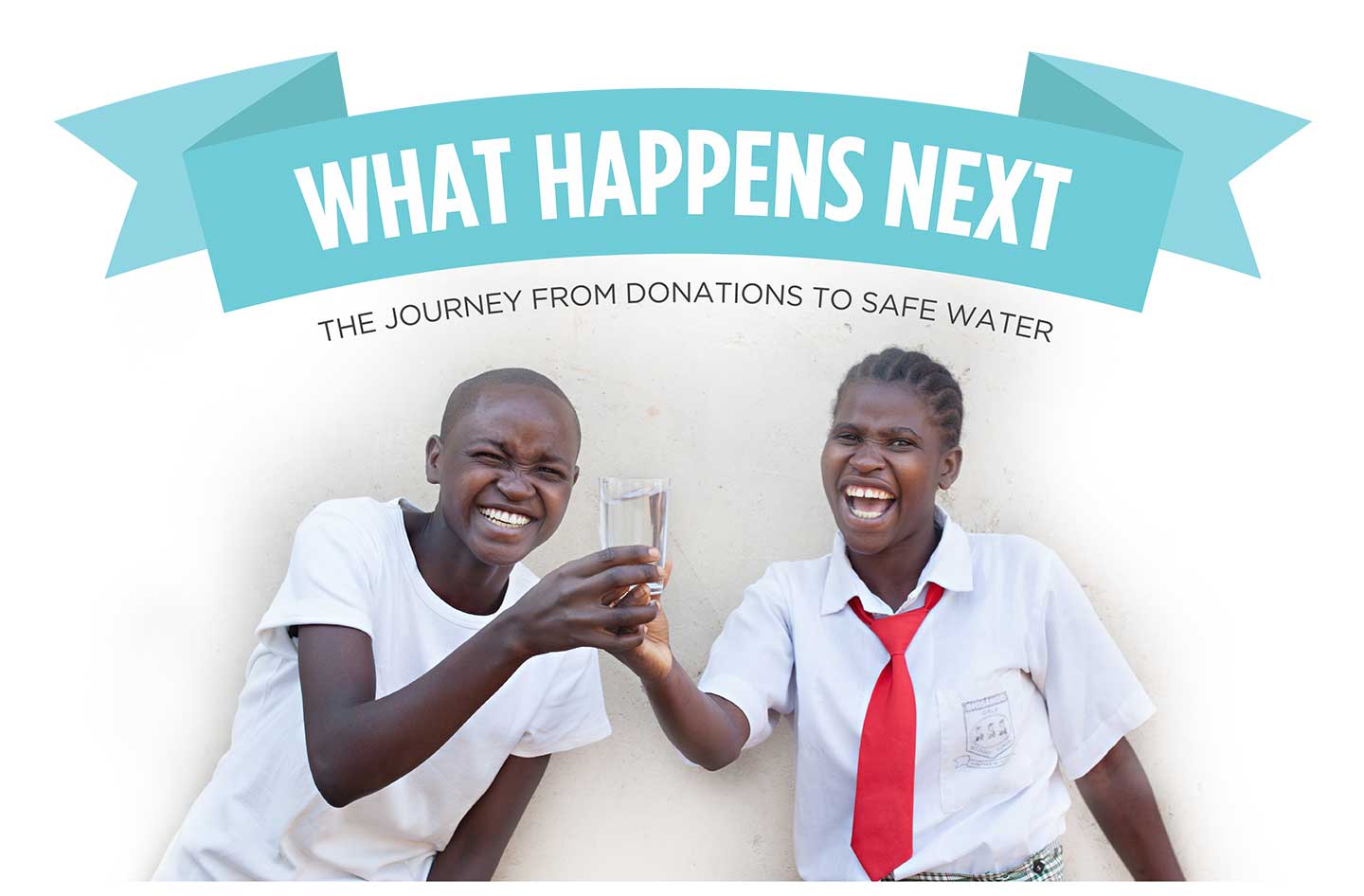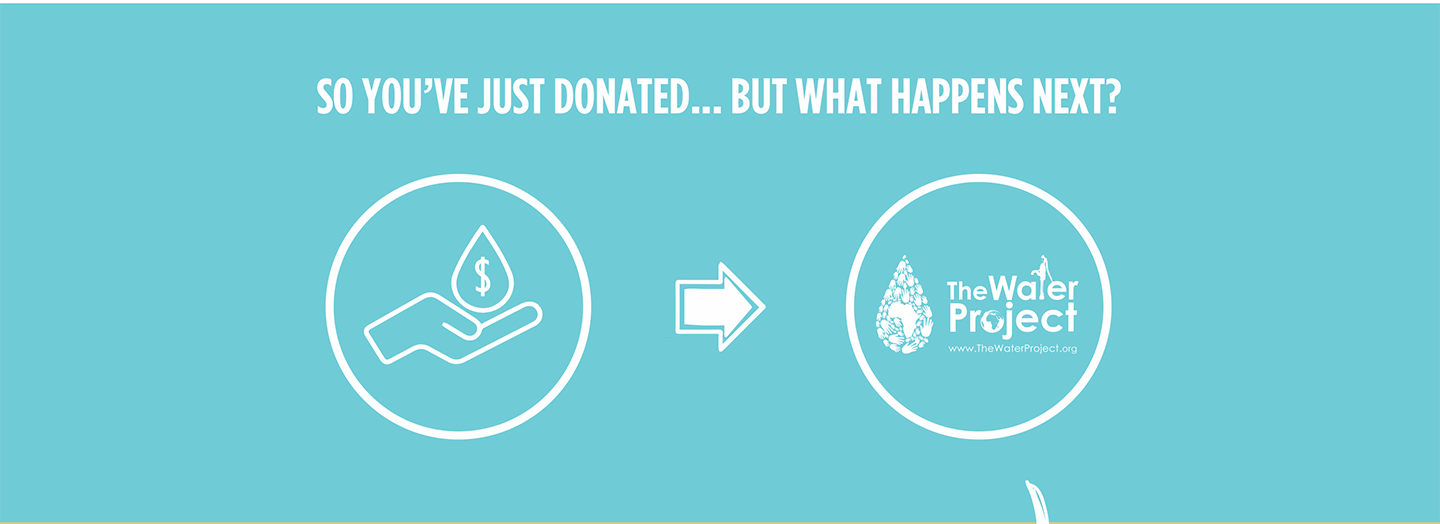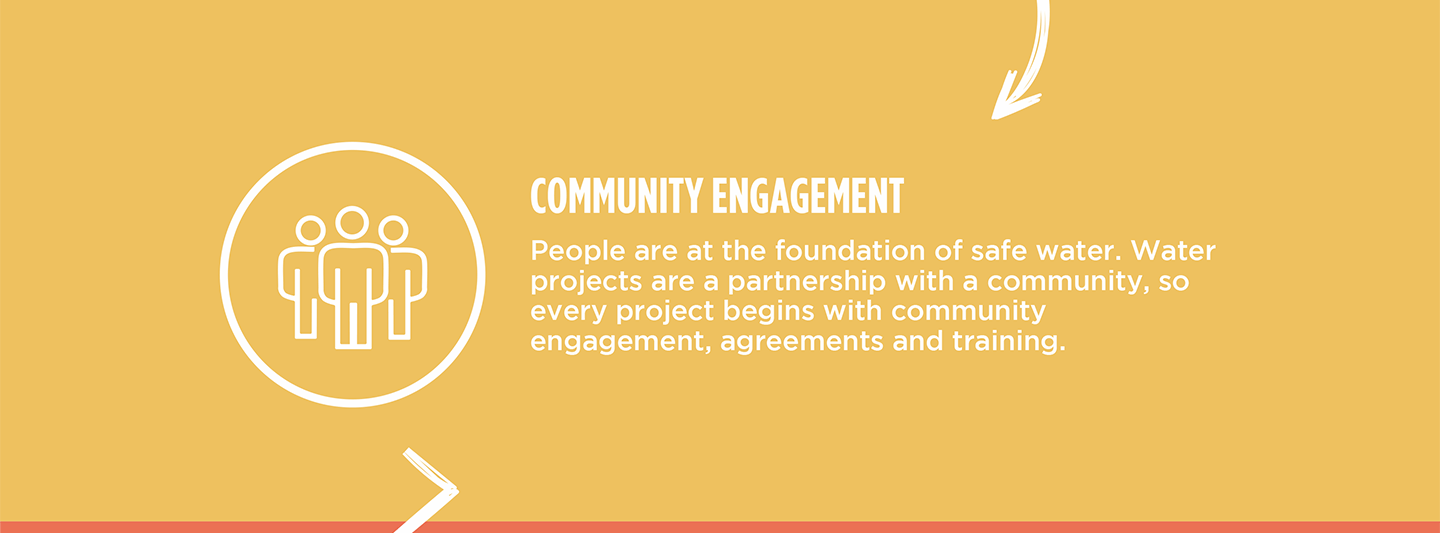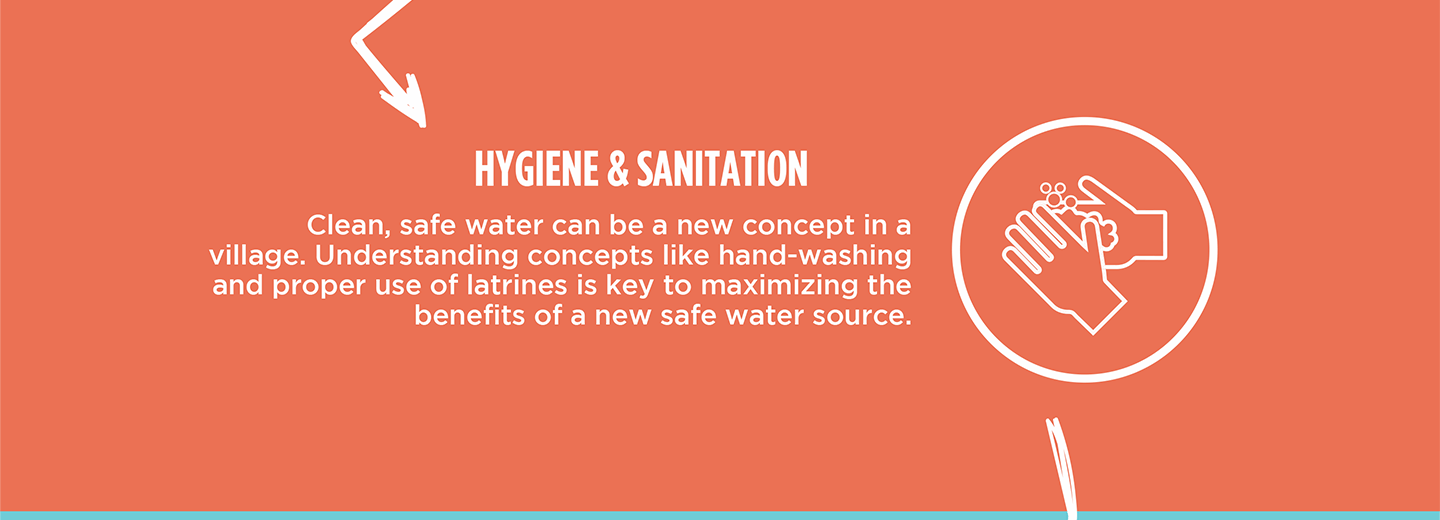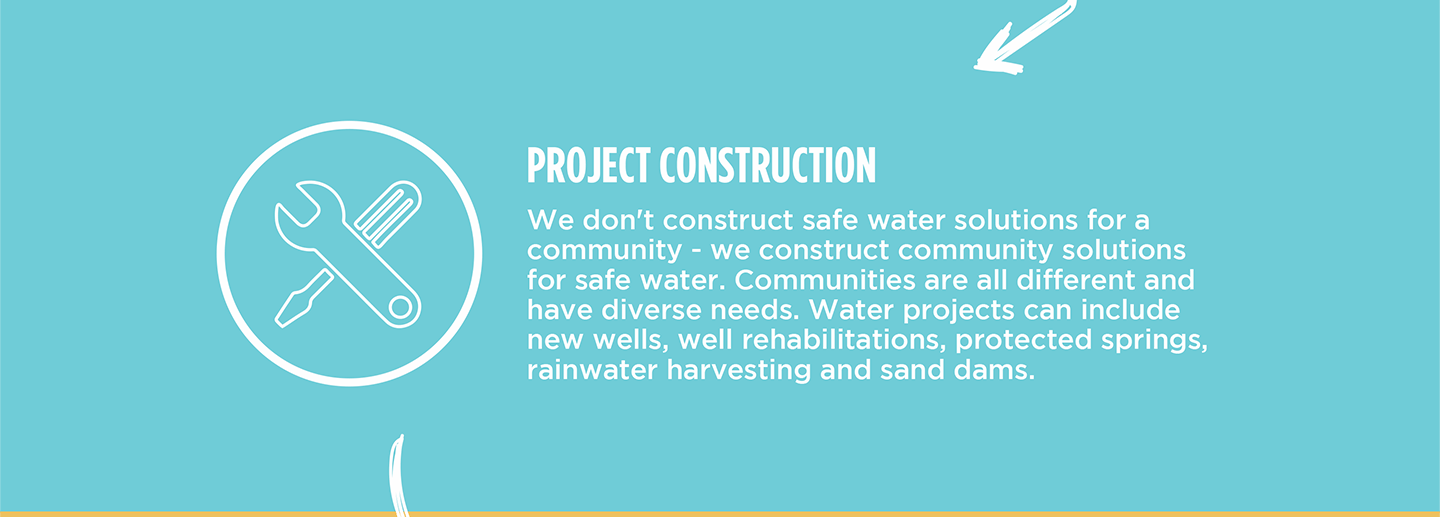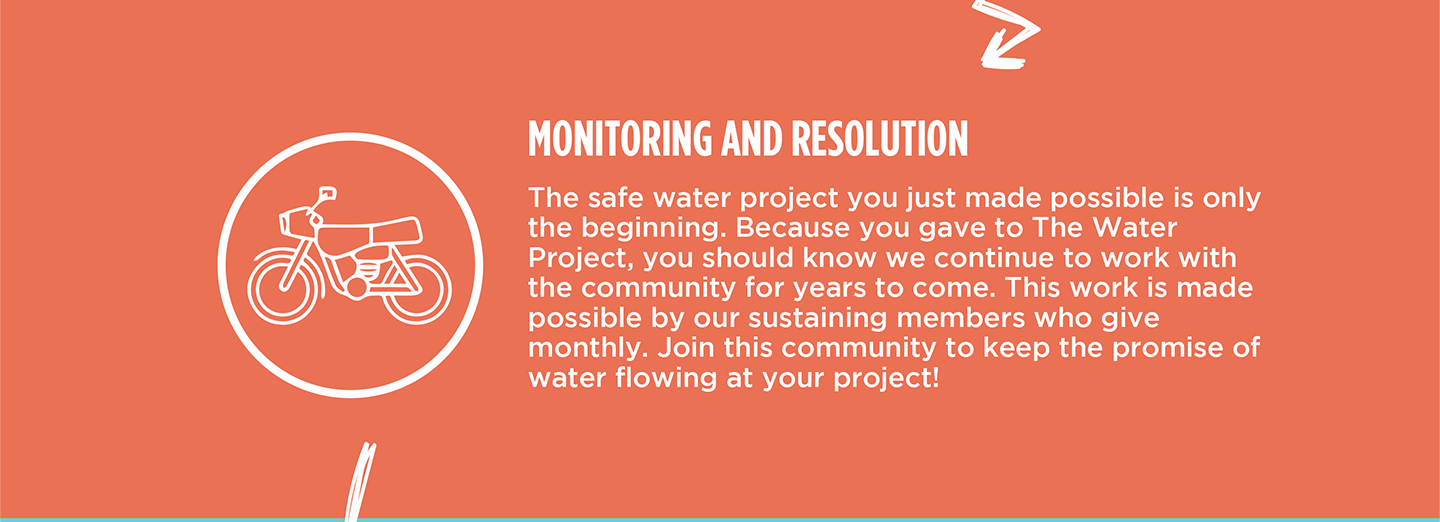Timbito Primary School has 579 students and 18 staff members, and its daily water crisis distracts them from the critical task of learning. Although three water sources are currently available, they are all off the school campus or non-functional, making it impossible for them to meet the daily demands of such a large school.

A community well, a spring, and a rainwater collection tank are available. While the well is functional, it is overcrowded with users from the surrounding area, causing long delays for students who need to collect water during school hours. The spring also works, but is even farther away, making it less practical. Unfortunately, the rainwater tank cannot hold water and is currently unusable. Without a reliable water source, students spend a significant portion of their day waiting for, collecting, and transporting water—time that should be dedicated to learning in the classroom.

Students carry water to school.
"There is a lot of time wasted when students go off school premises walking long distances in search of water, making them get back to school tired and frustrated," shared Field Officer Mildred Mboha.
13-year-old Eunice is familiar with the daily struggle of collecting water, a task she is required to do, but it is anything but easy.

Eunice.
"Going for water outside school, walking long distances carrying heavy water containers creates time wastage and energy consumption as we get to school a frustrated, tired person with little energy and time to study. This has a negative impact on my time at school," Eunice lamented.
"Most of the time, the community members have been so unkind to my fellow students and me. They make us wait in long queues until they finish drawing water in all their water jerricans. Sometimes we get chased away, claiming that we should be in class learning and not outside school fetching water," she continued.

Students waste time waiting to collect water from the faraway spring when they should be in class.
If the hardship of fighting for the right to collect water wasn't enough, Eunice is frustrated because she has better things to do. She dreams of becoming a nurse.
"Every dedicated child's dream is to work hard in school so as to secure a brighter future. I'm one disciplined and focused individual who goes out of her comfort zone by studying. [I do] so tirelessly so as to secure better grades in school, which shall [help] me to [attend a] better higher learning institution where I can pursue my dream course in nursing," Eunice declared.
Every day she works hard toward her goal, but spending so much time off the school campus collecting water is stealing her time, energy, and hope of a brighter future.

She and her classmates need a water source at their school so that they can be children with the stamina to dream.
Steps Toward a Solution
Schools without reliable, on-premises water access often rely on students to fetch and carry water, leading to rationing and uncertainty about water quality. The water is typically poured into a communal storage tank and used by the entire school. With children carrying water from all different sources, it is also impossible for teachers and staff to know exactly where the water comes from and how safe it is to drink.
A new water point will be located on-premises at the school to ensure accessibility, reliability, and safety for students, teachers, and staff while meeting our school coverage goals. Having water available at the school allows children to drink, wash hands, and use sanitation facilities without leaving school grounds, preventing disruptions to lessons and reducing safety risks. A dedicated source increases water availability, reduces reliance on stored water, minimizes rationing, and ensures confidence in the safety of the water. This means staff and students are healthier, and their lessons aren’t disrupted, contributing to a better education!
Our technical experts worked with the school leadership and local community to identify the most effective solution to their water crisis. They decided to drill a borehole well, construct a platform for the well, and attach a hand pump.
Well
Abundant water often lies just beneath our feet. Aquifers—natural underground rivers—flow through layers of sediment and rock, offering a constant supply of safe water. A borehole well is drilled deep into the earth to access this naturally filtered and protected water. We penetrate meters, sometimes even hundreds of meters, of soil, silt, rock, and more to reach the water underground. Once found, we construct a platform for the well and attach a hand pump. The community gains a safe, enclosed water source capable of providing approximately five gallons of water per minute. Learn more here!
Note: Our proposed water point can only serve 300 people per day. We hope to continue working with this community to identify other water solutions that will ensure all the people in this community have access to safe and reliable drinking water.
Handwashing Stations
Alongside each water source, we install two gravity-fed handwashing stations, enabling everyone at the school to wash their hands. Handwashing is crucial for preventing water-related illnesses within the school and community. Student “health clubs” maintain the stations, fill them with water, and supply them with soap, which we often teach them how to make.
Latrines
We will construct two Ventilated Improved Pit (VIP) latrine blocks designed to prevent fecal disease transmission. Each latrine features a cement floor, making it easy to use and clean regularly. Three stalls will serve the girls, and three will serve the boys.
School Education & Ownership
Hygiene and sanitation training are integral to our water projects. Training is tailored to each school's specific needs and includes key topics such as proper water handling, improved hygiene practices, disease transmission prevention, and care of the new water point.
To ensure a lasting impact, we support forming a student health club composed of elected student representatives and a teacher. These clubs promote hygiene practices schoolwide and keep handwashing stations well-stocked. This student-led model encourages a sense of ownership and responsibility.
Safe water and improved hygiene habits foster a healthier future for everyone in the school and the surrounding community.

 Borehole Well and Hand Pump
Borehole Well and Hand Pump
 Rehabilitation Project
Rehabilitation Project












